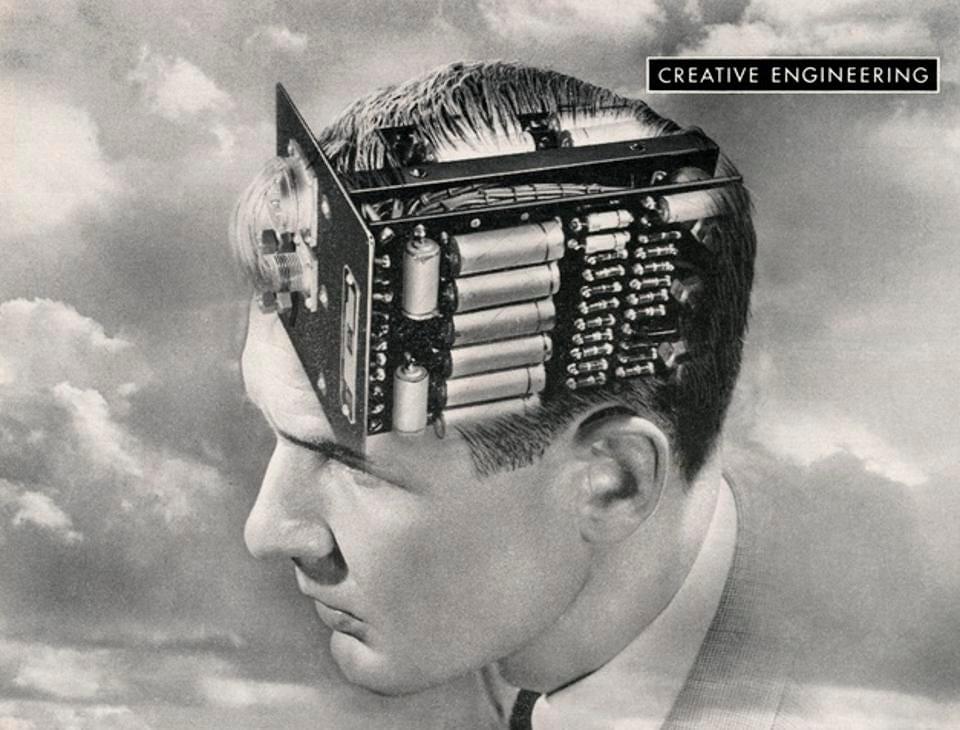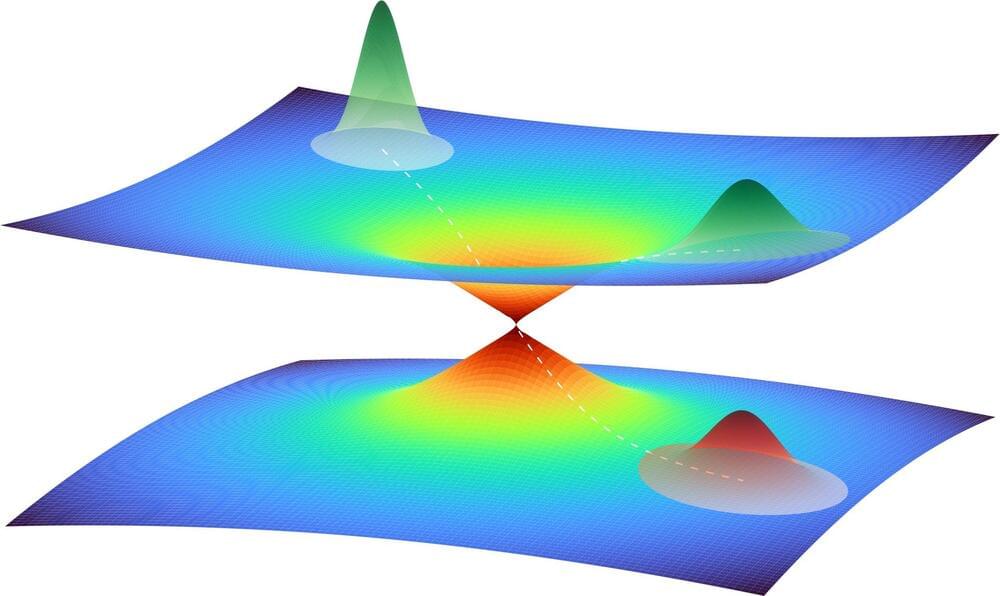Artificial intelligence (AI) has big promise to solve problems in almost every industry. AI-supported, AI-fueled, AI-based technologies are now present and capable of automating tasks in retail businesses and wealth management, to name a couple. These automations reduce error, manage increasingly vast datasets, and free up humans to do intelligent, strategic tasks. At the enterprise level, AI-architecture is transforming capacity and steadily shaping the way businesses of the future operate.
Connecting to Core Systems of Commerce Businesses Operationalizing machine learning or AI at scale is a key priority for the world of retail and commerce. Enterprise tech stacks leverage AI and predictions for high-frequency, ambiguous situations. Active learning and continuous improvement of AI are embedded in business applications and workflows. Making use of these requires contextual stitching of signals to create a single unified view of the truth, which empowers teams to make contextual decisions in the present. While the technological frameworks have existed for the better part of a decade, most businesses have been unable to overcome the barrier of applying technology in real world contexts, or at scale.
Full Story:







